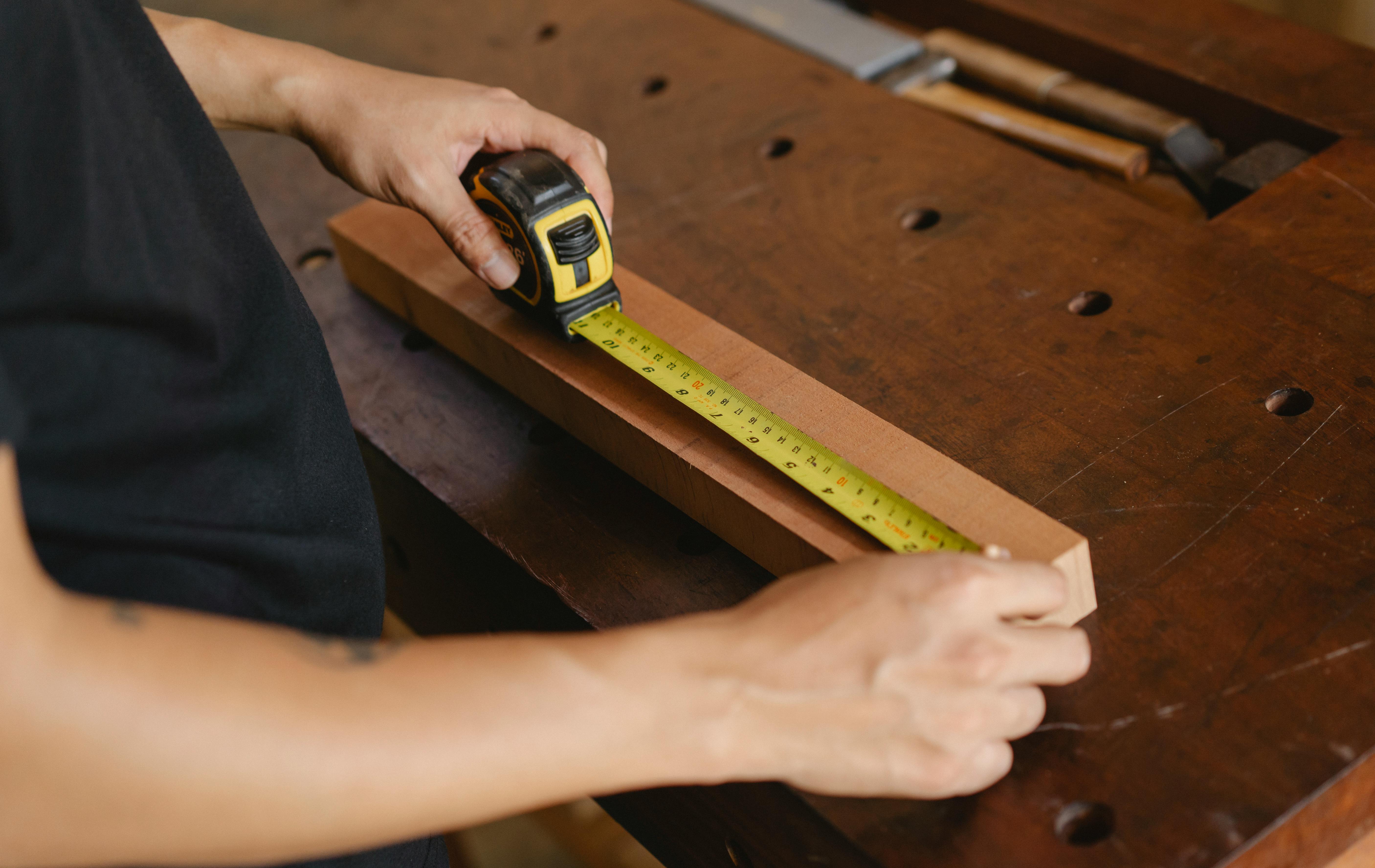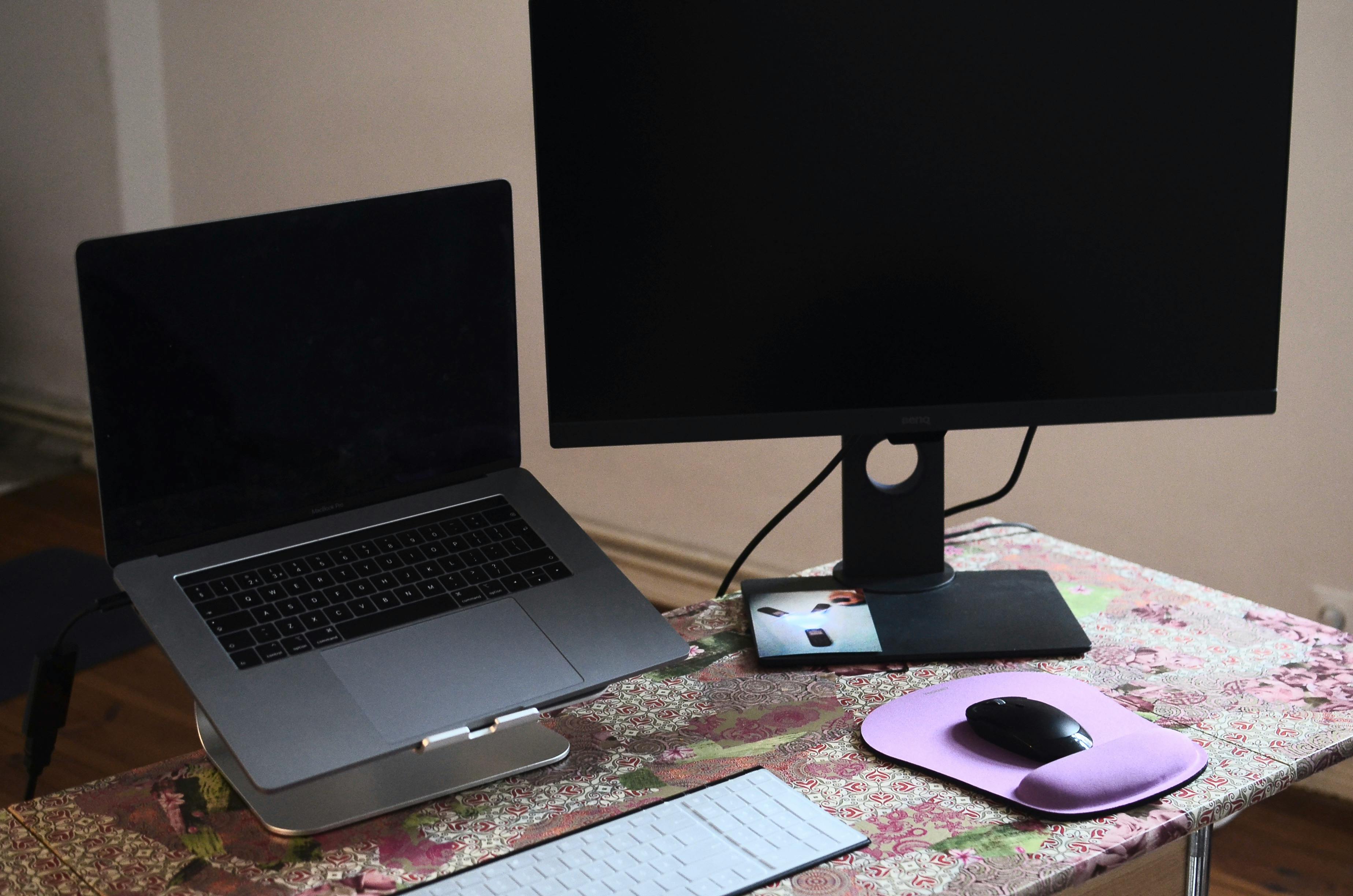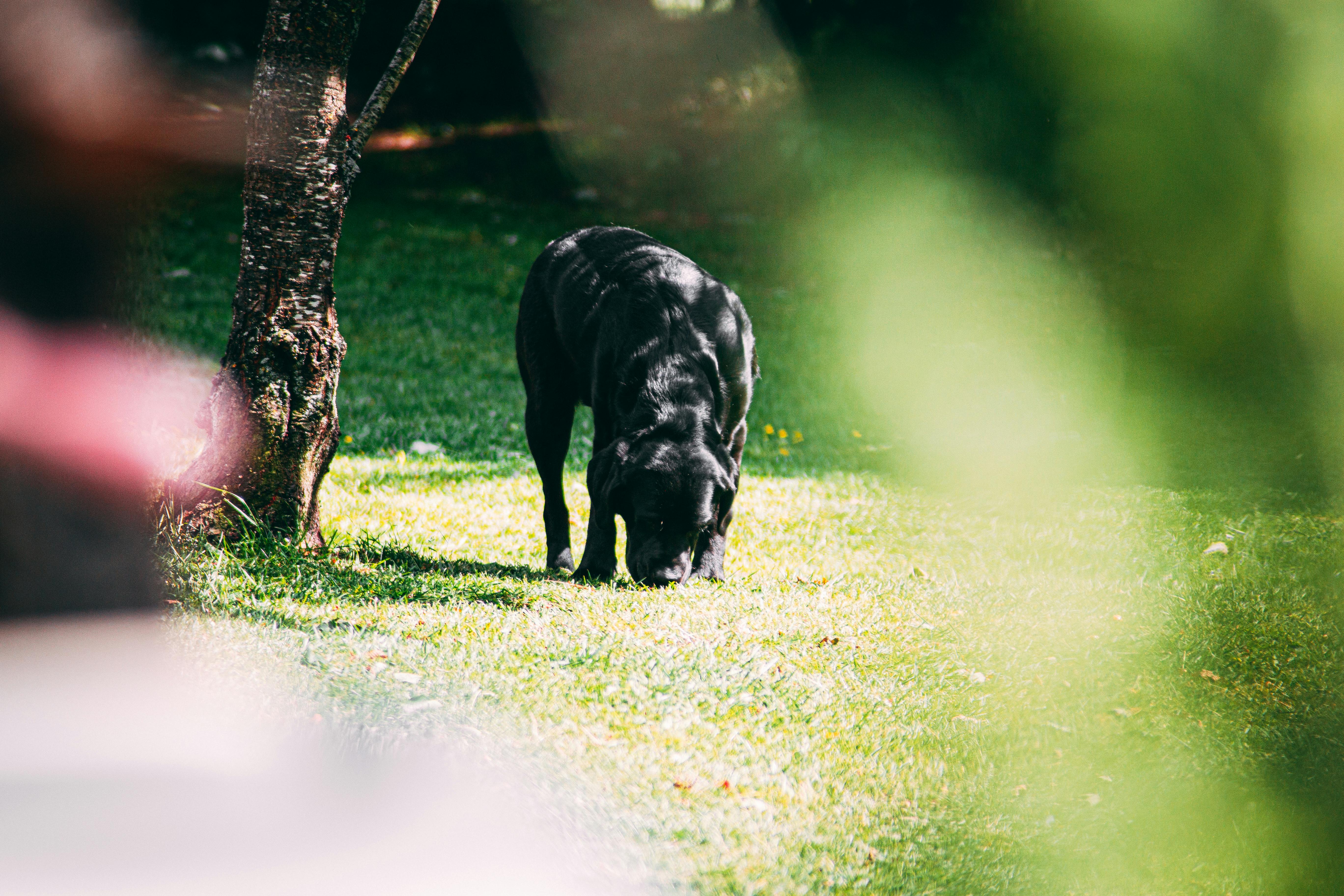Vacation Attractions in Puerto Rico!
One day I was visiting a community discussion forum and came across a member’s request for more information on what attractions were close to where they were staying. I was surprised by one of the responses that said, “Other than golf and the beach, there really wasn’t much to do in that place” Puerto Rico is only two hundred miles long by 35 miles wide, in light of this you can drive to almost any part of the island in one day.
Here is a list of some of the main events on the island.
o Punta Borinquen Golf Course, in Aguadilla
o Luis A. Ferré Science Park, in Bayamón
o Joaquín de Rojas & Monte Torrecilla House Museum, in Barranquitas
o Artisans of Cabo Rojo, Museum of the Próceres and Salar de Salinas in Cabo Rojo
or Caribbean Raceway Park, in Carolina
o Caja de Muertos Beach, in Caja de Muertos
o Snorkeling and Diving in Culebra
o Ojo del Buey & Dorado Del Mar Golf Club, in Dorado
o The Fajardo Lighthouse, in Fajardo
o La Parguera Phosphorescent Bay and Punta Ballena Reserve, in Guánica
o Astronomical Observatory & The Shiraz Charters, in Humacao
o The Feast of the Elizabethan Kings, in Isabela
o Plaza Colon Yaguez Theater, in Mayaguez
or El Morro, in Old San Juan
o Carite Forest Reserve, in Patillas
o Tibes Indigenous Ceremonial Center and Ponce Art Museum, in Ponce
o Exploration Vertical Skatepark Roller, in Quebradillas
o Lighthouse El Faro, in Rincón
o Bahia Beach Plantation Golf Course, in Rio Grande
or La Fortaleza, in San Juan
o Vieques National Wildlife Refuge, on Vieques
o Roig Refinery, in Yabucoa
These are just some of the attractions available to tourists who visit this paradisiacal island. If you’re looking for cultural attractions, you should head to Old San Juan, walk the narrow, winding, cobblestone roads, sample the architecture, and visit the museums. If you like to shop, there are great stores all over Old San Juan, you can spend a day going in and out of these stores selling just about anything from handmade artisan items to gold and jewelry.
Every fast food chain and restaurant found on the mainland has a presence here, McDonald’s, Burger King, KFC, Macaroni Grill, Sizzler just to name a few. Alternatively you can enjoy Pollo Tropical, Martin Chicken or any of the local food restaurants that serve just about anything you can imagine. Seafood lovers will love our restaurants serving fresh seafood caught by fishermen who go out every day for the catch of the day.
Puerto Rico is an island paradise with beaches on each coast; they feature beautiful warm blue waters with some of the best panoramic views in the world. There is plenty of nightlife in San Juan and Isla Verde with casinos in many of the major hotels. You could spend an entire week taking in all that Puerto Rico has to offer and not cover a third of what we have mentioned here in this article.









